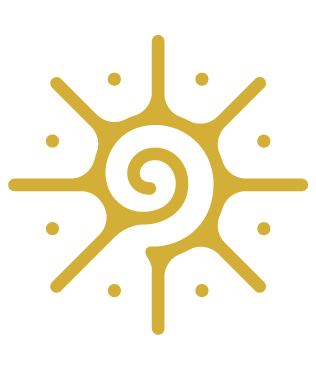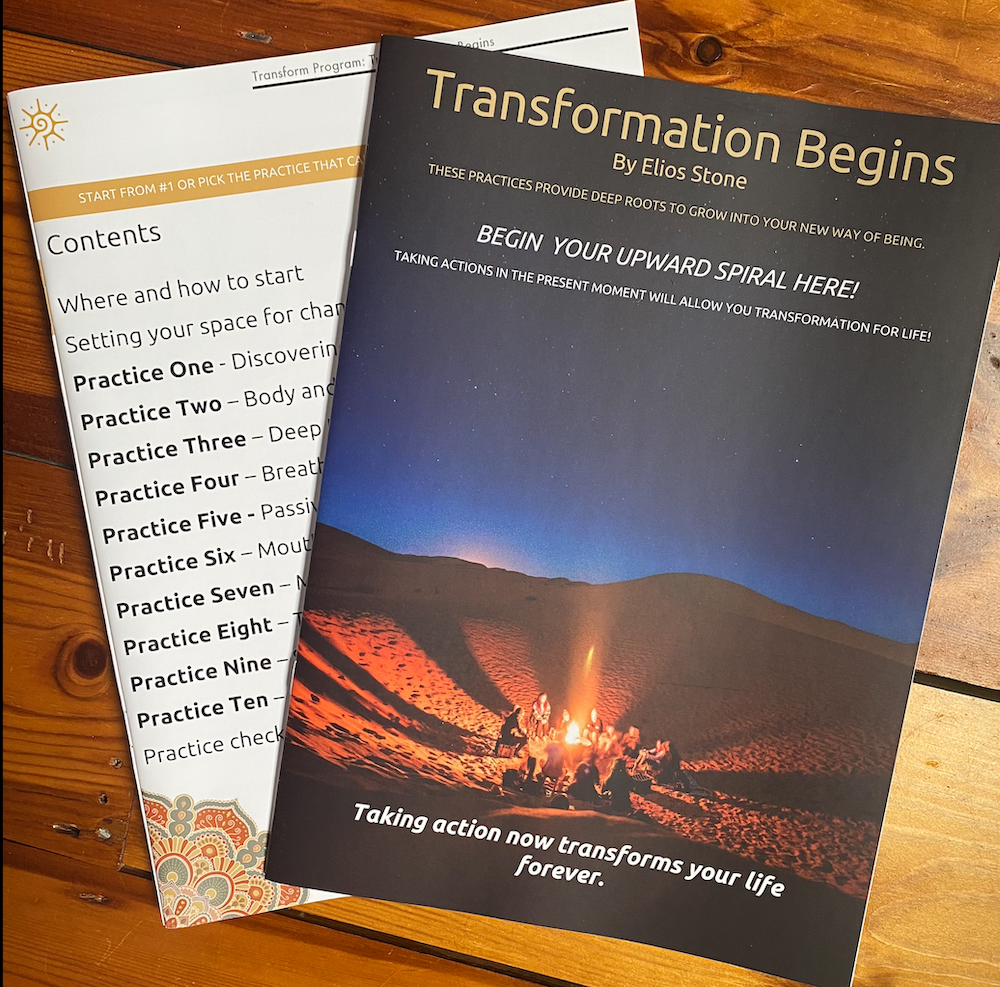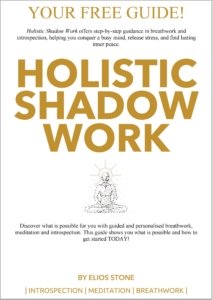Retrain Your Nervous System Like a Greek God
Here, you are going to find two powerful techniques.
The first, often called cold shock therapy, has been used for thousands of years. Greek philosophers wrote that Asclepius—a mortal turned god—recommended cold baths. Which, following this advice, Greeks often took daily.
Unfortunately, there is not much intact documentation that precisely describes how they may have used the cold and the breath. However, modern science is now catching up, and we can see the benefits of both cold shock therapy and heat therapy—actions that shock the body into positive change and healing.
Do not run off and jump in a cold bath. Your nervous system may not be ready!
Within this article, you will find two simple-to-follow, step-by-step techniques that, when combined, can change the way you perceive reality and your experience of it. They are a great place to start and evolve this ancient science.
Both of these practices are part of the Ten Foundational Practices that new clients receive when they sign up for theTransform Program.
If you want to know what else is in the Transform Program for 2024, click here.Transform Program (It evolved a lot throughout 2023, and the new program is more than just an update).
If you have suffered from or are currently suffering from anxiety, like I have in the past, then you are familiar with the physical sensations that come with it. When you suffer from anxiety, you’ll recognise feelings of panic and tension clenching in your stomach, chest, or throat; a racing heartbeat; sweating; and nausea, to name a few.
Anxious sensations can feel overpowering.
The cold and oxygen starvation (which is actually build up of CO2) mimic the feeling of anxiety and can help evolve the nervous system.
Over time, I used breathwork, meditation, and cold water therapy to completely eliminate the debilitating physical feelings of anxiety within myself. Honing these methods allowed me to share them with others, and the results have been incredible:
Once you know the method and have developed simple ways to habitually implement them, you can notice a slight trigger or niggle and breathe to feel calm and centred. This means the effects of feeling anxious or stressed last seconds or minutes rather than days or weeks.
I want you to have this opportunity too.
To access cold water therapy, you don’t need to swim in the sea or jump in a lake or river. You also don’t need to go straight to the deep end and jump into an ice bath like those Greek philosophers.
The Frigidarium at Pompeii wasn’t cold enough…
The following practice will allow you to literally dip your toe into a little bit of cold water every day to slowly allow your nervous system to become acclimated to changes in your being. This practice also offers guidance on using your breath to change your nervous system.
When you experience strong feelings of anxiety or cold water on your skin, your nervous system moves into a state where the sympathetic nervous system is dominant, this is the fight or flight part of your autonomic nervous system.
The opposite, or balancing side, of the sympathetic nervous system is the parasympathetic nervous system, which is the rest and recovery element.
When you receive external sensory information, it may trigger your fight or flight reaction, making you feel vigilant. If you are well resourced and your nervous system is robust, you are able to return to regulation and a sense of calm quickly and move back into a rest and recovery state of being.
But, if you spend much of your life in a hyper-vigilant state, where your adrenal glands are in overdrive (among other systems), it becomes difficult to return to a sense of centred balance.
This is where breath and cold-water therapy can retrain you to react differently and allow you to respond to life with embodied presence and thus, choice.
This short practice carried out daily will bring you more calm throughout the day!
The Cold Breath
This short breathwork is specifically outlined in the context of getting into cold water. When you get into cold water, your skin becomes cold, and the nervous system can be tricked into switching to a state of hyper-vigilance.
But there is nothing to be afraid of.
When you are in a state of fight or flight or are operating from the sympathetic nervous system, your skin cools as your body draws blood and essential nutrients to your primary fight or flight organs, muscles, and adrenal system.
When that happens, there can be a bodily reaction to take large gasping breaths through the mouth to try to rapidly oxygenate the body to run away or fight.
However, you will not be in a threatening or dangerous situation, and you will be consciously aware of this fact. You’ll be in your shower preparing to bring your conscious awareness and personal power to altering your experience.
Throughout the process of placing cold water on your skin, keep your mouth closed as much as you can. A large part of the practice is to breathe only in and out through your nose, and as deeply as it accesible.
- Focus on keeping the mouth closed and breathing through your nose
- Stretch your awareness to notice the sensation of the cold water on your skin
- You may need to take strong quick breaths in through the nose and slow out through the mouth as some of those reflexes kick in
- Pendulate the cold water on and off your skin to keep breathing through the nose
- Slow your breath so it steadily moves in and out through your nose
- The gasp reflex may be strong when you first begin, and there can be a feeling of wanting to open your mouth. But you can get everything you need in and out through your nose. Build that trust, gently and surely, no forcing – forcing is the opposite of building trust.
Before you go jumping in the shower, read how to begin this practice. You are trying to test your edges, not shock your body straight away. As you become more proficient, you can increase the discomfort levels over time, maybe even working up to that cold bath…
The Cold Shower
So, you’ve gotten in the shower. Maybe you’ve already had a warm shower or a warm bath. Try this out:
- Turn the shower to ice cold through the hose and out the nozzle
- Draw your attention to your breath in and out through your nose
- Focus your attention only on your breath as described above and the part of the body where you direct the water from the hose
- Start by placing the hose on your foot. Notice any sensations and keep drawing your attention to the breath
- If you’re feeling to explore further then work up the leg, go as far as you can to nudge your edge
- Eventually, you can work through each foot, leg, arm, body, and your head—this could be over weeks. You may stay on your feet and legs for the first week or more
- Go at your own pace, but challenge yourself a little, find your edge and gently nudge it
- Always focus on your breath and the sensations of the part of the body you are working with
- Once you’re feeling the cold, draw your attention to breathing in through your nose and out through your nose and relaxing your muscles; this is super important as it is what will bring you calm in the long term
Try to do this every morning to work it into your routine and habits. A state of wakefulness and appropriate hormonal production in the morning is (in part) attributed to cold exposure in Quantum Biology.
If you start to feel dizzy at all, or out of control, stop, sit down in the bath or shower tray. Take breaths in through your nose and slowly out through your mouth until you feel calm and stable again. Wrap a towel around you to get warm if you need to.
There are much deeper reasons as to why you respond to certain situations with automatic reactions. And, as you will know from these newsletters each week, those deeper reasons can offer some new insight into how you can change your reality.
If you loved this “bio-hack” then this could be a fruitful beginning to your journey with Holistic Shadow Work. To book your complimentary consultation click the button below and get in touch.
You can sign up for free powerful practices, techniques and reflections straight to your inbox.
Fill in your information and join the newsletter below.





